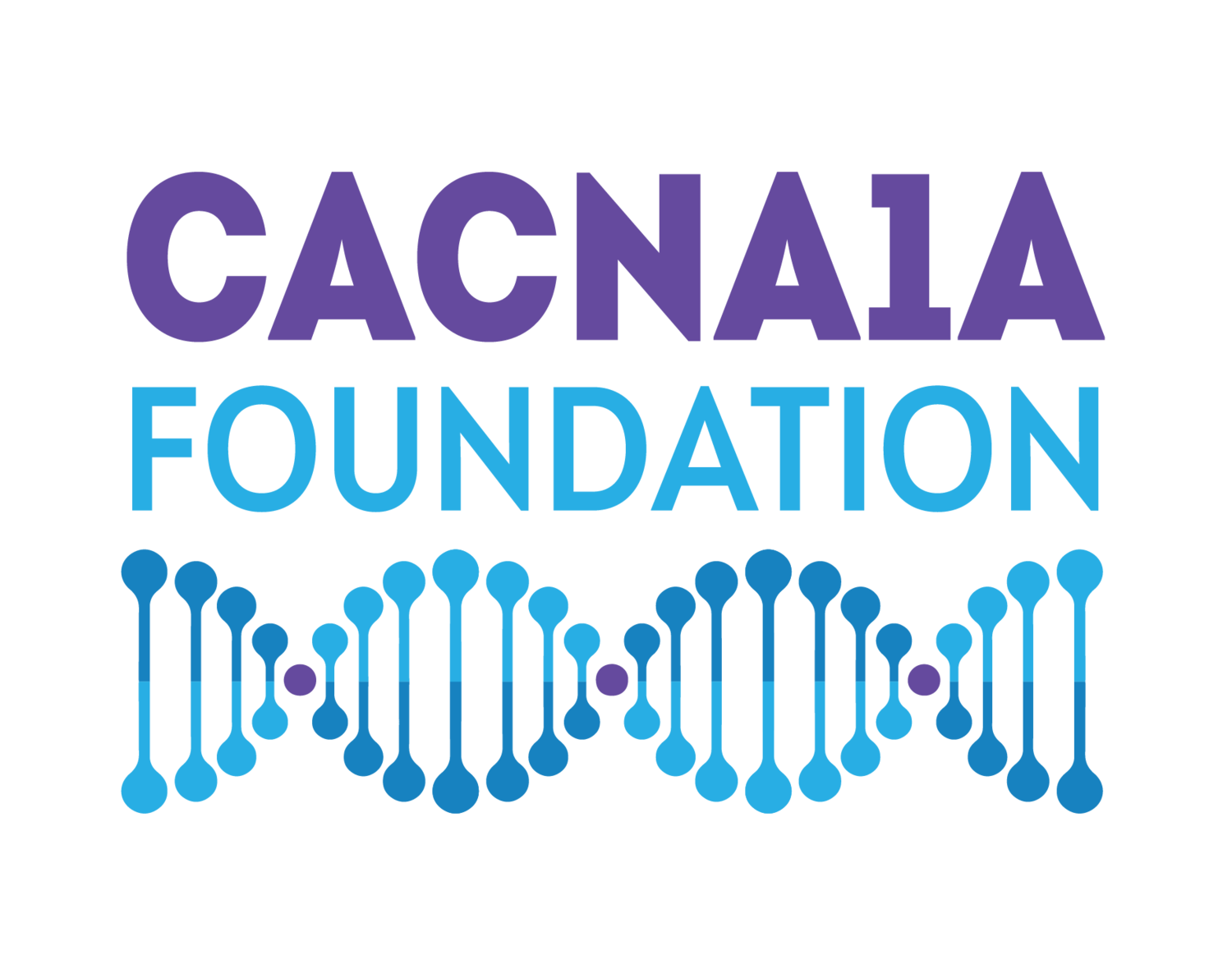The Importance of Testing and Individualized Treatment for CVI
Part 2 of Living Life with Cortical Vision Impairment
The world of cortical vision impairment (CVI) introduced my family and me to a whole new “language” regarding vision. We learned that for children who are born with CVI, getting this diagnosis early in life is crucial. Interventions, such as teaching kids to make sense of their world by describing their salient features, are included throughout their day. We did this for our daughter, Addilynn, who developed CVI after a traumatic brain injury at just three years old.
The CVI Range is a functional vision assessment developed by Dr. Christine Roman-Lantzy that is based on the visual and behavioral traits associated with CVI. The CVI Range determines the effect of CVI on a continuum of 0 to 10, with 0 being little to no functional vision and 10 being functional vision that is typical of the child’s same-age peers. These 10 distinct visual and behavioral traits describe an individual’s functional vision use. These traits include color preference, need for movement, visual latency, visual field preferences, difficulty with visual complexity, need for light, difficulty with distance viewing, atypical visual reflexes, difficulty with visual novelty, and absence of visually guided reach. Things most people don’t think about as they experience their visual environment.
It’s critical for any child diagnosed with CVI to be assessed with the CVI Range as early as possible because it provides the framework for individualized interventions. Different scores, or ranges, equate to different therapeutic and intervention goals. The score is divided into three phases of CVI. Phase I, with a CVI Range score between 0-3, prioritizes building stable visual responses. Phase II, with a CVI Range score between 3-7, prioritizes using vision in routines and activities. Finally, Phase III, with a CVI Range score between 7-10, prioritizes refining the use of functional vision.
Addilynn is currently in the middle of Phase III. Three years ago she started with scores below 1. She was unable to maintain visual attention to anything. Her therapists worked with her in a darkened, quiet room and discovered that she would maintain visual attention on objects that were lit up and yellow…and our work began! We kept working with yellow objects, then moved to highlighting salient features and items like her spoon and water bottle with yellow tape so she could distinguish them from other things in her environment. I always kept a little flashlight with me to highlight objects I wanted her to visually attend to. As her ability to visually interpret her world has improved, we typically use yellow when we are working on distance vision or when she demonstrates difficulty visually attending to a new object. The use of Addilynn’s preferred color is just one small part of the interventions we have used to help her visually interpret her world. Today, we are working on refining her visually guided reach, understanding novel objects, and distance viewing. Tomorrow, it could be something different. CVI requires us to have patience, understanding, flexibility, grit, and grace; all characteristics our daughter displays every single day.
